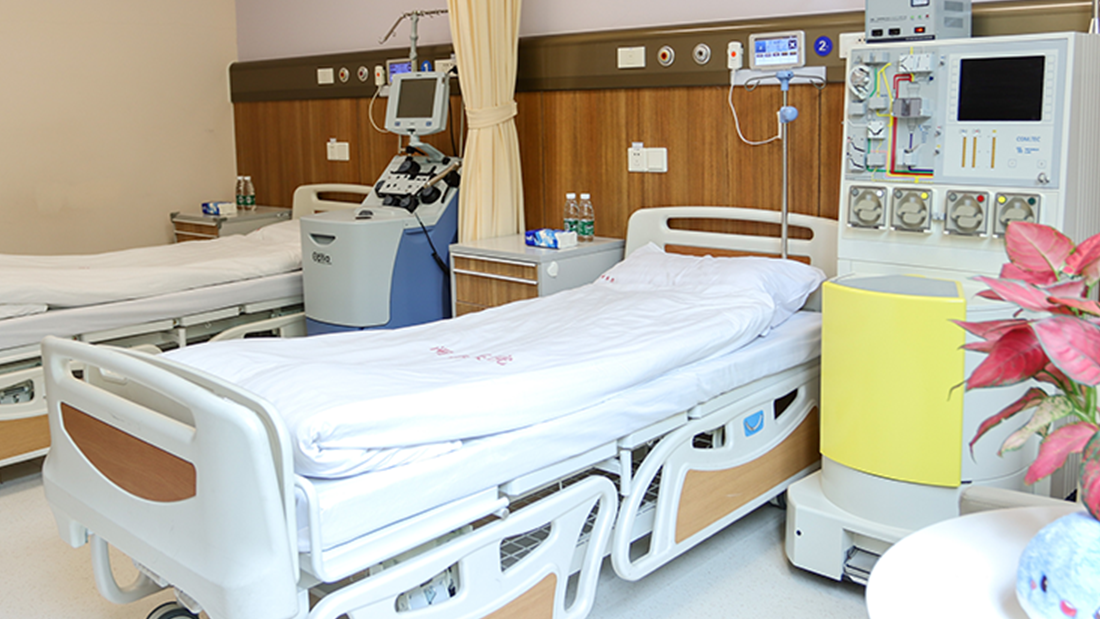#22 Understanding Relapse Leukemia: Expert Insights from GoBroad
2025-7-1
At GoBroad, we are dedicated to advancing hematological care through cutting-edge research and innovative therapeutic solutions. Our team collaborates with leading experts in the field, such as Professor Chunfu Li and Director Jianyun Liao from the Nanfang Chunfu Institute of Hematology. Their exploration into relapse leukemia and post-transplant immune hemolytic disease (IHD) has garnered international recognition, showcasing our commitment to providing expert insights and improving patient outcomes.

The Complexity of Relapse Leukemia
Relapse leukemia remains a significant challenge in hematology, often occurring after therapies like hematopoietic stem cell transplantation (HSCT). This “restart button” for life can lead to new obstacles, including IHD. Patients may experience severe fatigue, pallor, and shortness of breath due to a rapid decline in hemoglobin levels. Expert insights indicate that timely recognition of symptoms such as jaundice and dark tea-colored urine is crucial in addressing complications. Monitoring laboratory indicators, including indirect bilirubin and lactate dehydrogenase (LDH) levels, can help in early diagnosis and intervention, reducing the risk of severe anemia or organ failure.
Mechanisms Behind Immune Hemolytic Disease
Understanding the underlying mechanisms contributing to the relapse of leukemia and IHD is vital. According to expert insights from Dr. Liao, the pathogenesis involves newly formed auto- or alloantibodies alongside T cell responses. Even in ABO-matched transplants, minor blood group antigen disparities can instigate antibody production that leads to red cell destruction. Furthermore, conditions like mixed chimerism allow residual recipient cells to continue producing harmful antibodies targeting donor red blood cells. These complexities underline the need for personalized treatment strategies to mitigate the risk of relapse into leukemia and subsequent complications.
The Role of Donor Compatibility
Patient outcomes are significantly influenced by donor type and blood group compatibility concerning relapse leukemia and IHD incidence. Research highlights that the incidence of hemolysis is substantially lower in patients with haploidentical donors compared to those with fully matched donors. For example, patients with major ABO mismatches demonstrated higher hemolysis rates than those with compatible blood types. Such findings reinforce the importance of considering donor characteristics in transplant planning to minimize the risk of relapse leukemia and IHD.
Conclusion
At GoBroad, our mission is to provide expert insights into relapse leukemia and related complications. By focusing on improving donor compatibility, understanding disease mechanisms, and applying timely interventions, we aim to enhance patient outcomes in hematology. Ongoing collaboration with experts ensures that we remain at the forefront of advancements in treatments and supportive care, ultimately striving to make a positive impact on the lives of patients facing the challenges of relapse leukemia.














